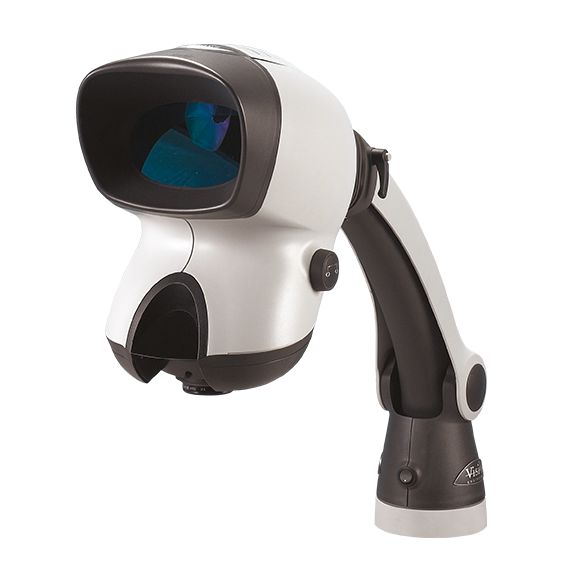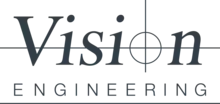FAQs
Product Faq’s
When selecting your system you can choose objectives that are suitable for either bright field illumination only or bright and dark field illumination.
There are options that allows you to view your sample with transmitted and incident light independently or simultaneously. The TIM5 is available in two different system kits: TIM5-EPI includes incident illumination only. TIM5-SSI includes incident and transmitted light sources. Please ensure you select the correct model for your needs on ordering.
TIM5 illumination controls allow for Kohler configurations to optimize image sharpness and contrast
Yes. A polarizer and analyzer are available for incident light.
Yes. The trinocular construction allows for a camera to be mounted to the camera port tube using a C-mount adapter. A range of cameras are available, please contact Vision Engineering for further information. When paired with appropriate software, functionality can range from image acquisition and basic measurement, to more advanced applications such as image processing, stitching images together and image analysis.
The image of DRV is made up of two full HD channels optically combined, thus doubling the line resolution viewed by the user. We refer to the resolution as “full stereo HD”.
No. DRV-Z1 allows the saving of paired images which can be shared and used to reproduce the stereo view in separate DRV-Z1 systems.
DRV-Z1 uses patented technology that delivers two high resolution channels to the left and right eye giving crisp stereo full HD 3D visualization without the need for special eyewear.
No. DRV-Z1 intuitive controls makes it easy to use from the start. A comprehensive user manual is provide with the system.
Lynx EVO utilizes patented dynascope technology to project stereo images into the users eyes.
Yes. The optical design of the Lynx EVO head projects the image into the users eyes. If the user wears task specific eye glasses these can be worn to correct the users sight without affecting the performance of the Lynx EVO. In the same way safety glasses and can also be worn during use.
Lynx EVO includes a detent which can be set at any point within the zoom range. The detent works as a physical marker that if felt as the zoom control moves past it. Like a click stop, the detent causes the zoom to click into the set magnification before the user can zoom past in either direction ensuring the user returns to the same place time and again
Yes, it is possible to get measurements using Lynx EVO in the same way as can be achieved with other stereo microscopes. These are typically via the use of a graticule or via the use of the optional camera module and measurement software
We supply a range of objective lenses that can be easily fitted to the system for different magnification options. They simply screw on and off.
The answer to this depends on the application. Video measurement is ideal when measuring profiles or features with clear edges, whereas optical microscopes accurately measure features with low contrast where video cameras wouldn’t be able to detect edges. Both of these methods come together in the Swift PRO, making it the ideal solution for many applications where customers measure a variety of parts on the same system.
Having both optical and video measurement capabilities in one system means that if your measurement requirements change in the future, you will not need to invest in a new measuring system. This is often the case for contract manufacturers, who manufacture a number of different parts for their customers now and may be asked to manufacture very different parts in the future.
Yes. Some companies are not allowed to have PC’s or other electronic devices that can be used for sharing data, either for security reasons or due to contamination. Our Swift PRO Elite toolmakers’ microscope comes with the robust Mx200 DRO. You can enjoy using the feature-rich and easy to use M-series software, but will not need a PC to run it.
Vision Engineering is certified to ISO 17025, so the measuring systems we supply are calibrated before they leave our premises. The period of calibration depends on the quality systems of each customer, although we recommend calibration/validation every 12 months.
The field of view is dependent on the magnification at which you are viewing and the objective lens that you are using. The widest field of view will be achieved with a lower magnification objective. Field of view reduces as magnification increases. Please refer to the optical data for full details.
Hawk comes in both CNC and manual configurations, whereas Swift PRO is a manual system. Hawk also has a larger measurement capacity, higher magnification options and a lower measurement uncertainty.
Sign up for service/ calibration




